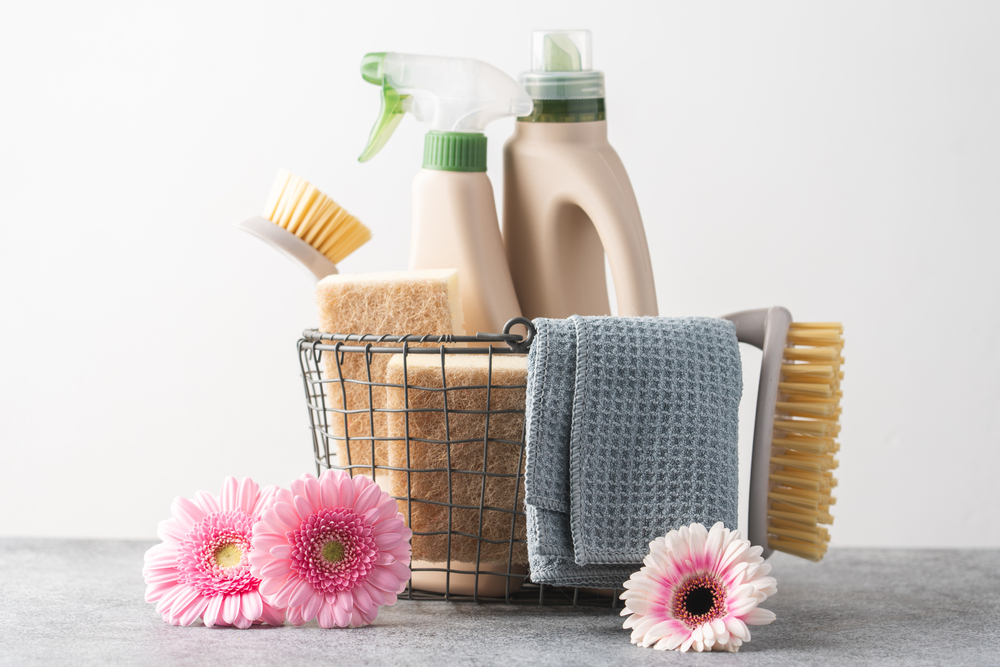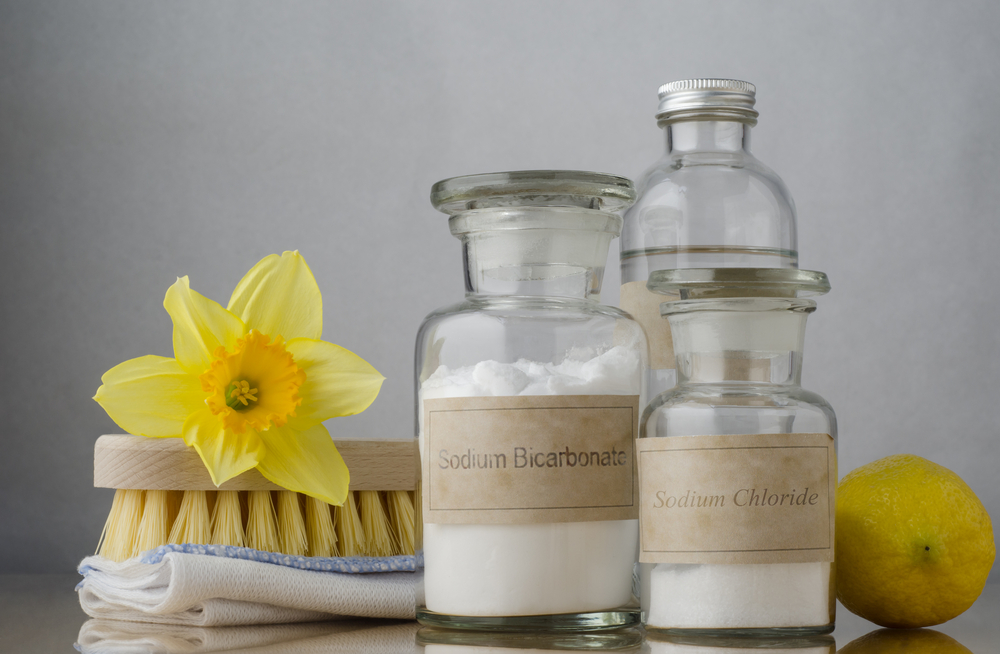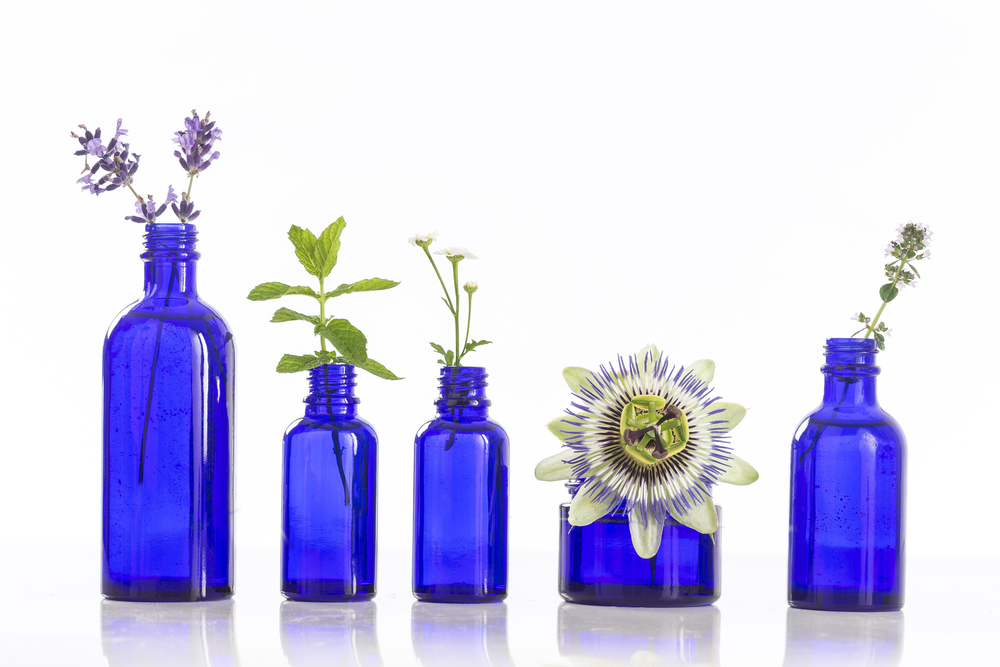The products and household items we use on an everyday basis in order to keep ourselves and our living environment healthy and germ free, are often more detrimental and toxic than we think. Yep, even those supposedly ‘clean green’ potions can be riddled with chemicals that are dangerous to our health, and make us prone to disease.
This area is quite a minefield once you start delving into it! But for a start, let’s have a look at the not so clean truth about some of the most common toxic culprits that may be lurking around our homes, how they affect our health – and what we can do to replace those ‘nasties’ with safer, healthier and more natural alternatives.

- Oven, drain and toilet cleaners: These potent agents contain highly toxic chemicals in order to be able to effectively tackle the grease, grime and muck they’re designed for. In the process, they can emit poisonous fumes when inhaled, or cause burns when exposed to our skin. Even some of the products sold as ‘eco-friendly’ can pose hazards, so always read the label before you buy.
Safer alternatives: Nothing quite beats the trusty old baking soda (sodium bicarbonate) and white vinegar combination. Sodium bicarbonate is a mild alkali and dissolves dirt and grease in water easily and effectively. For ovens, you can mix baking soda and vinegar into a paste with a little water and leave it for an hour or so to work its magic on the stubborn bits. For drains and toilets, sprinkle some baking soda into the drain or toilet bowl, then pour vinegar over it until it bubbles, before tackling the area with a brush and rinsing or flushing it with clean water.
- Bleach: Bleach, which is often used to clean toilets and other extra-dirty areas in and around the home or yard, is made with sodium hypochlorite and varies in concentrations from 0.7 to 5.25%. The higher concentrations are pure poison! When inhaled, bleach fumes can easily and very seriously irritate the skin, eyes, nose and throat, and if you come in direct contact with the liquid or gel, it can also cause a nasty rash, redness and swelling, or worse, dermatitis.
Safer alternatives: Again: baking soda, vinegar and water will usually do the trick! - Antibacterial cleaners: These products are designed to get rid of bacteria from surface areas, such as bench tops, sinks, stove tops and bathroom basins. They are often very potent, not to mention downright dangerous as they usually contain surfactants and also a pesticide such as phenolic chemicals or quaternary ammonium, both of which can burn your skin and throat, and irritate the eyes.
Safer alternatives: I personally never buy any of these products, but create my own vinegar concoction that I keep on hand for just about anything that needs cleaning around our home – surfaces, bathrooms, ovens, appliances, you name it. Plus it works a treat at keeping glass and windows sparkly clean and stainless steel appliances and surfaces streak free.
It’s super easy to make, too. Just add 1 part white vinegar to 4 parts water in a large spray bottle with a squirt of additive-free dishwashing liquid, shake and use with a clean, soft cloth! I also add a few drops of lemon or lime essential oil, which creates a fresh, natural fragrance and helps dissolve grime at the same time. Oh and by the way, these citrus oils (applied pure with a cotton pad) are also super effective in removing pesky glue residue, such as that found when you pull the price tag or label off an item you bought!

- Laundry detergents and softeners: The purpose of the enzymes in these products is to loosen dirt and help remove stains, but watch out for any so-called cationic or non-ionic ingredients as they can irritate the skin and over time even lead to asthma or other respiratory conditions. Many of these products, especially fabric softeners, also contain synthetic ingredients such as limonene, ethyl acetate, benzyl alcohol, benzyl acetate and ethanol. These are not only carcinogenic but also linked to central nervous system disorders.
Safer alternatives: There are several low-chemical, skin-sensitive laundry detergents on the market, but again, read the label and make sure they are free from parabens, sulphates and other synthetic ingredients such as those listed above. Also look for products that have not been tested on animals and that are free from fragrances. Instead, for a fresh, aromatic touch, I recommend adding a few drops of lavender and/or lemon or other citrus essential oil into the washing machine. Your laundry will smell divine and your skin will love you for it! - Air fresheners: There are so many commercial types of air fresheners on the market – aerosols, plug-ins, automatic sprayers and so on, but I find most of them anything but ‘freshening’. In fact, they often have quite a sickening odour and that’s because there’s not much ‘natural’ about them! Many air fresheners contain petrochemicals that can wreak havoc with our health in a big way, and have been linked to issues like hearth disease, breast cancer, respiratory problems, as well as reproductive problems and birth defects.
Safer alternatives: Essential oils are wonderful for creating a beautiful aroma around your home – and to get rid of cooking odours or ‘smellies’ in the bathroom. Make sure you use pure, top-grade essential oils and vaporise them in an ionic water diffuser as burning them can render them toxic! Or mix them with water in a spray bottle to use as needed. Citrus oils like litsea, wild orange, bergamot lemon, lemongrass or tangerine will create a lovely fresh fragrance that’s also therapeutic and uplifting for the soul. You can combine these with floral oils like ylang ylang, lavender or rose, or add minty notes such as peppermint and spearmint for an energising effect.

- Plastic bottles, containers etc: Many cheap plastic bottles, food packaging and other plastic products, are made with the hormone-disrupting chemical Bisphenol-A or BPA, which has been linked to cancer. When these plastics are heated, for example a water bottle that sit in the sun in your car, they are especially prone to leaching these toxic chemicals into liquid or food.
There are seven types of plastic and each of these can leach harmful chemicals in extreme conditions, such as heat. That said, there are three of these types that are considered ‘safer’: Polyethylene Terephthalate (PET, #1), High-Density Polyethylene (HDPE, #2) and Polypropylene (PP, #5).
PET is a wrinkle-free plastic mostly used in food and drink packaging, because of its strong ability to prevent oxygen from getting in and thereby prolonging a product’s shelf life. That said, it contains antimony trioxide, which is can lead to cancer.
Stronger and thicker than PET, HDPE is commonly used in opaque milk or juice containers, shampoo bottles and medicine bottles amongst others. It is considered a safer option for food and drinks, although some research suggests that it can leach oestrogen-mimicking, hormone-disrupting chemicals when exposed to UV light. The third type of ‘allegedly safer’ plastic is PP, which is more heat-resistant than PET and HDPE, and is therefore used to package hot food, but also in car parts, disposable nappies and even sanitary pads!
Safer alternatives: Plastics are such a messy, grey area and I personally avoid plastics where I can, especially when it comes to food and liquids. I have done this for many years! I use stainless steel, glass or ceramic bottles or jugs for water and store food in glass or ceramic bottles or containers. And there’s always the super easy and safe option of keeping food in a bowl in the fridge with a saucer on top! - Non-stick pots and pans: Non-stick cookware aka Teflon revolutionised cooking back in the early 1960s. The coating in these utensils contains the chemical perfluorooctanoic acid, also known as PFOA or C8. PFOA is known to play havoc with our hormones and lower testosterone levels, plus it can cause birth defects and certain cancers. And, when overheated, non-stick cookware can lead to polymer fume fever, which is potentially lethal.
Due to these perils, PFOA production in Teflon products ceased in 2013, but that’s not where the story ends. Research shows that the hazards I just mentioned can persist long following manufacture, so it still pays to look for look for PFOA-free cookware (many of the currently products on the market are labelled as such) or other safer alternatives.
Safer alternatives: Ceramic cookware is a safer non-sticky option, or you could use stainless steel or cast iron pots and pans if you’re on a budget and are prepared to put a bit more energy into cleaning them. Whichever type of cookware you choose, it’s a good idea to replace it once the bottoms start looking wonky or scratched, or they change colour.

Yes, there may be plenty of chemical threats ‘hiding’ in our homes and living environments, and I haven’t even scratched the surface on this topic yet (think carpet cleaners, insect repellents or personal products, to name but a few more). However, by keeping it simple and going back to basics, we can make a great start at safeguarding the wellbeing of ourselves and our loved ones!
Lots of love
Deborah xxx


No Comments